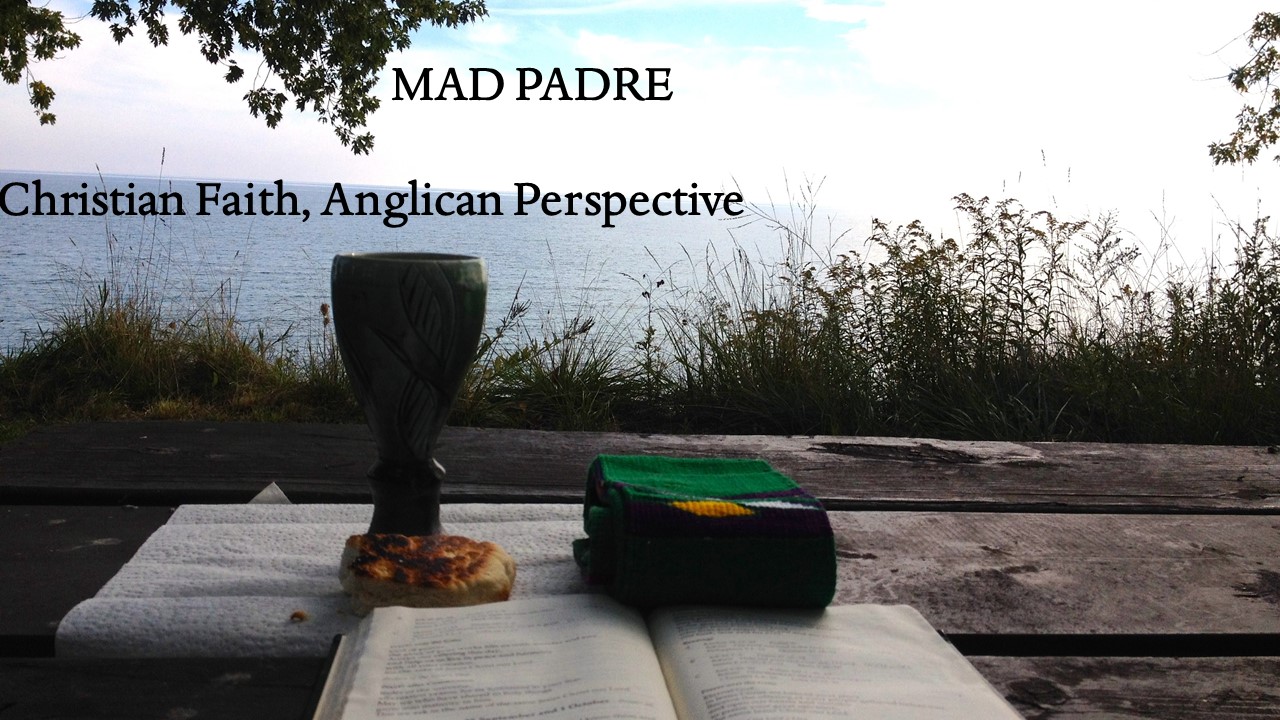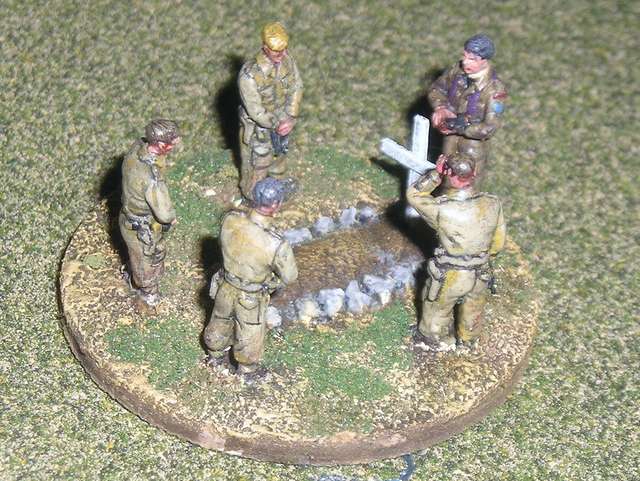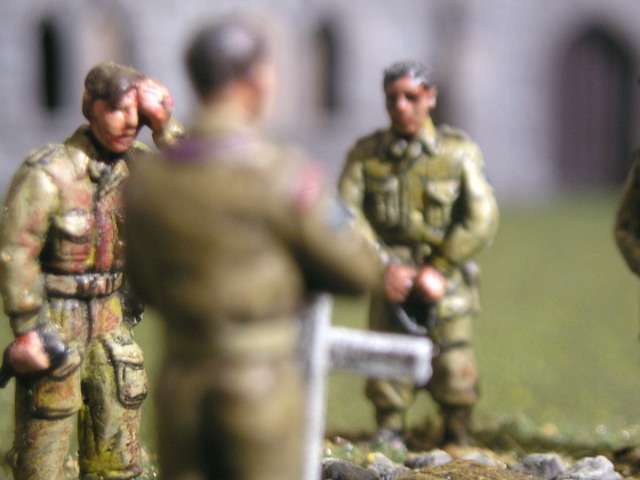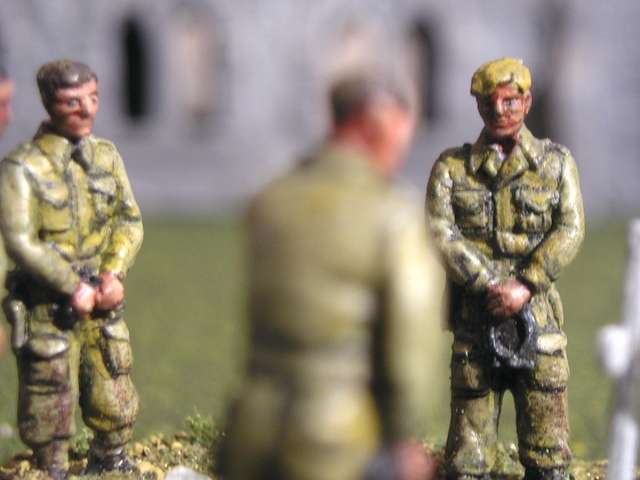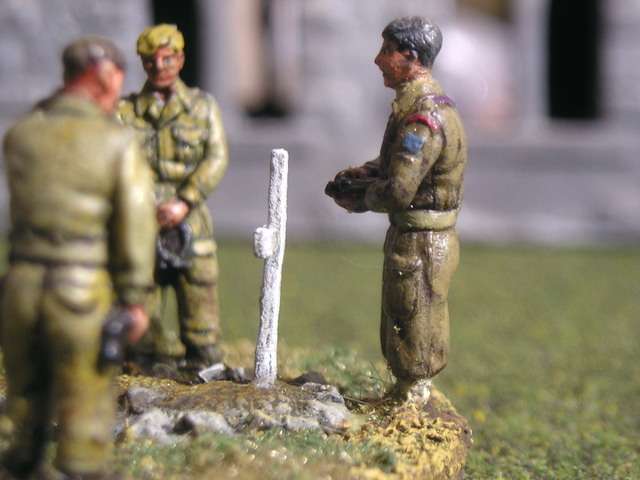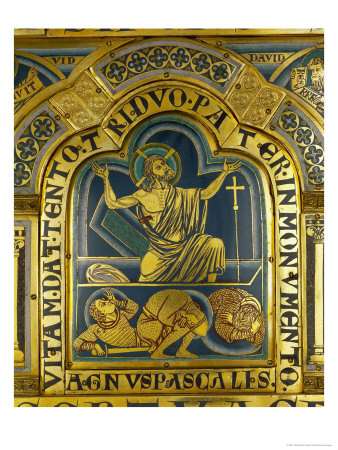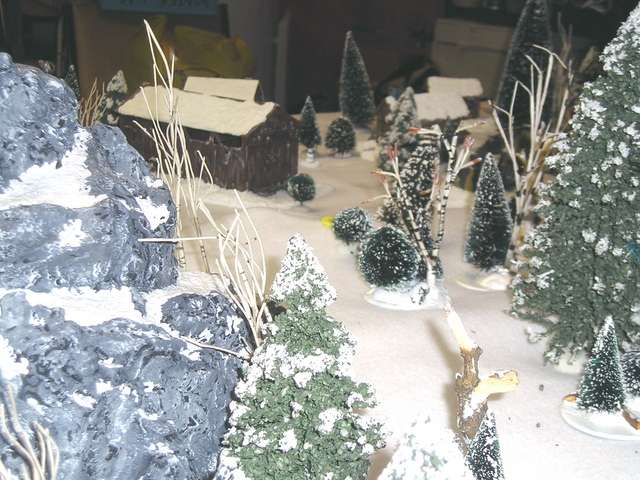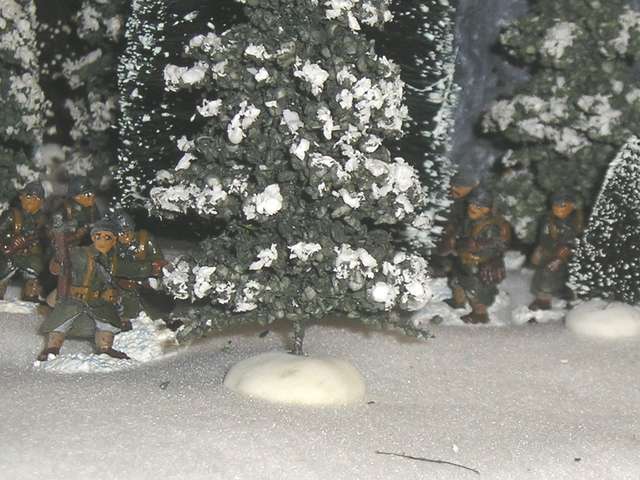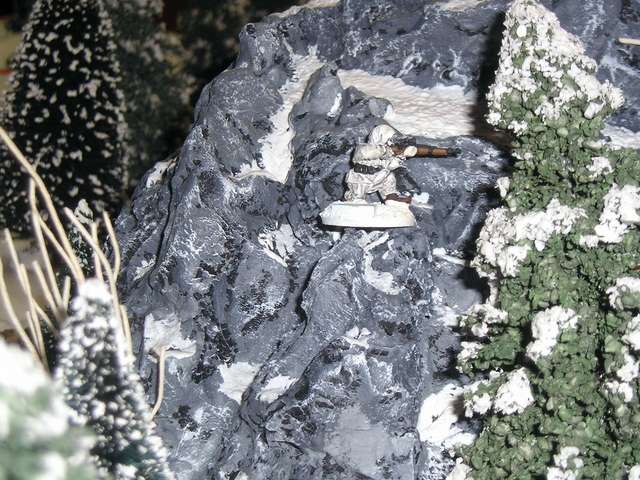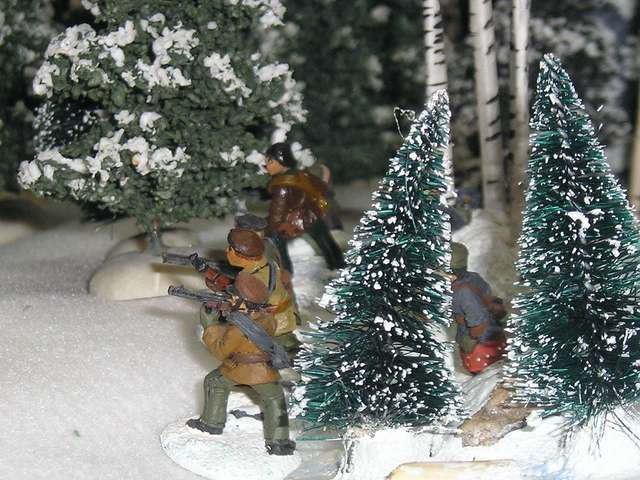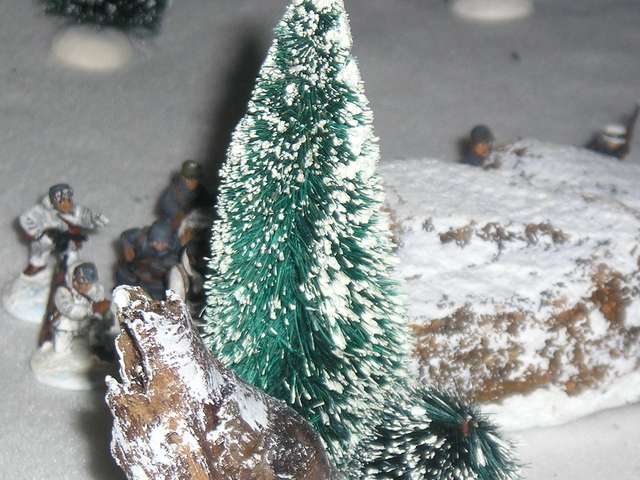One of the congregations I serve, St. George's, is having a family or intergenerational service today, so I wrote this little skit on the gospel, Jesus heals the blind man in John 9. The idea isn't new - lots of others have seen that this gospel really lends itself to dramatic reading. My version is offered to anyone who wants to make use of it.Cast:
Ima Believer, a young person
Wendy/Wayne Witness, a reporter
Fred, a man who used to be blind (needs to wear something blue)
Fred’s parents
Phil, a Pharisee
“This is Wendy (Or Wayne, depending on the person reading the part) Witness for Galilee TV News. I’m near the Pool of Siloam, where people are saying that something incredible has happened. A man who has blind from birth can now see! Here’s someone who was there. Miss, what’s your name?”
Woman Witness: “Ima. Ima Believer.”
R: “Ima, tell us, what did you see?”
Ima: “I totally saw everything! It was AMAZING! Fred – that’s the blind man – was sitting over there, like he always does. He had his sign as usual, “Born Blind, Please Help”
R: “And then what happened?”
WW: “Well, Jesus and his disciples came along. One of the disciples, he’s all like, ‘Say. Jesus, this dude or his parents, like, they must have done something bad if he was born blind, eh?”.
R: (Nodding). “Makes sense. What did Jesus say?”
Ima: “Well, Jesus, he’s like, ‘No, this guy didn’t do anything wrong. God put him in my path so I can show everyone that I am the light of the world.”
Reporter: “Light of the world, huh? And then what happened?”
Ima: “Jesus took some dirt, spat on it and mixed it up into mud, and then put it on Fred’s eyes. Then he told Fred to go wash in the pool of Siloam.”
Reporter: “Did that work?”
Ima: “Yeah! Jesus is totally awesome! Fred can see now. There he is, go ask him!”
Crowd parts to reveal Fred standing there, staring at his hands in fascination.
Reporter: “Sir, I understand that Jesus healed you.”
Fred: “Look at my hands. Aren’t they cool? I’ve got little lines on the tips of my fingers!”
Reporter: “Sir, I understand you were born blind?”
Fred (pointing to his shirt or robe): “Aren’t colours amazing? This colour is like the sky!”
Reporter: (impatiently) “It’s a great colour. Sir, what happened to you?”
Fred: “I’m just sitting here, with my sign, hoping for some spare change, and then I feel this man rubbing something wet and gooey on my eyes. Then he tells me go wash in the pool. I go over to the pool, and rinse my eyes, and suddenly, I’m looking at someone in the water! It’s me! I saw myself in the water!”
Reporter: “Did you see the man who did this to you?”
Fred: “Not at first. There was a big fuss, lots of people all yelling, and then they took me to the Pharisees to tell them what had happened. They weren’t happy, I can tell you!”
Ima: “What a bunch of grumps they are! They even hauled Fred’s parents in to find out if he’d really been blind and stuff. There they are now, ask them!”
Reporter: “You folks are the parents? Can you tell us what happened?”
Parents hold up their hands: “We don’t know anything. We don’t want to get in trouble. Speak to our son. Or speak to one of the Pharisees. We just want to mind our business.”
Reporter: “Wow, these people are frightened. Hmm, that guy looks important. And not to happy, either. Sir, sir, can I speak to you? What’s your name, please?”
Phil: “Phil, Phil Pharisee.” (crossly) “ Now look, don’t you people be giving people the wrong idea. Nothing special happened here.”
Reporter: “But are you saying that this man wasn’t cured of his blindness?”
Fred: “I can see! I can see!”
Phil: “Of course he wasn’t cured! No one can heal blindness.”
Fred: “Jesus did! I met him later, after the pool. Jesus is from God! He’s the Son of God!”
Ima: “Jesus is AWESOME!”
Phil: “Of course he’s not the son of God. What day is it today?”
Reporter: “Uh, it’s the … Sabbath?”
Phil (triumphantly): “Exactly! Our law, given to us by Moses from God, says that the Sabbath is a day of rest. If this Jesus was really from God, he wouldn’t really have done this on the Sabbath!”
Reporter: “But he did, Sabbath or not. This man says he was blind all his life until today.”
Fred: “It’s true! I can see, I can see. Oh, are those clouds? They’re pretty!”
Phil: “He says he was blind. I don’t believe him. Everyone knows that if you’re born blind, or if you have some other handicap, it’s because God is punishing you or your parents for sins. If this Jesus really was from God, he wouldn’t have any time for sinners. He’d be with good, holy people, like us Pharisees! So clearly, this man is lying. He was never blind to begin with.”
Reporter: “Maybe Jesus did this to show that God loves sinners and wants to heal them?”
Phil: “I doubt it!”
Fred: “All I know, I once was blind, and now can see! Jesus is the Lord!”
Ima (to the Pharisee): “You’re pathetic. You’re the blind ones. If you really had eyes to see, you’d believe in Jesus.”
Reporter: “Well, there you have it. An interesting story from the Pool of Siloam. Clearly something happened here today. What it all means, that’s for our audience to decide. For Galilee TV News, I’m Wayne/Wendy Witness.”
Close with choir leading congregation as follows:
I have decided to follow Jesus
I have decided to follow Jesus
I have decided to follow Jesus
No turning back, no turning back
END

